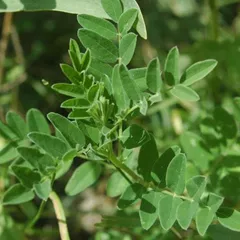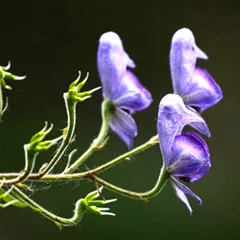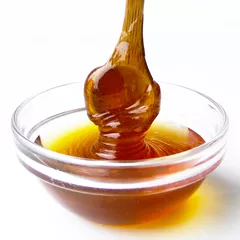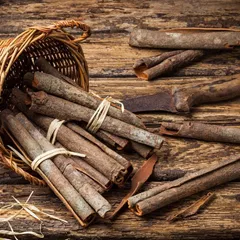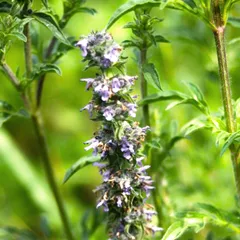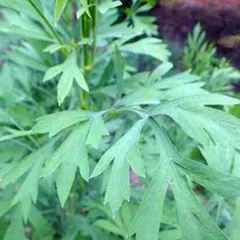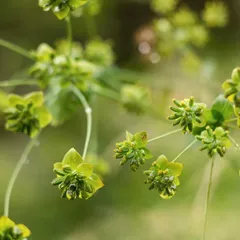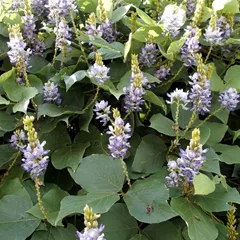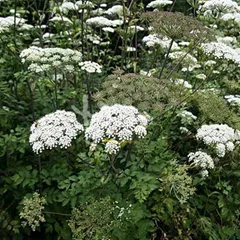Juan Bi Tang
Juan Bi Tang
Chinese: 蠲痹汤
Pinyin: Juān Bì Tāng
Other names: Remove Painful Obstruction Decoction
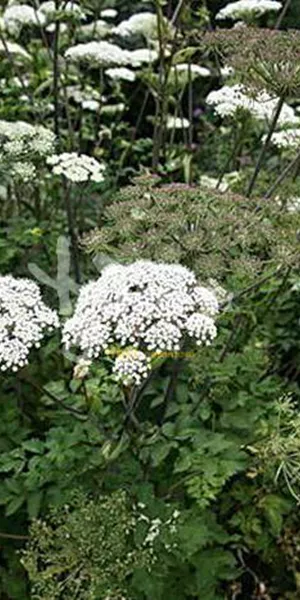
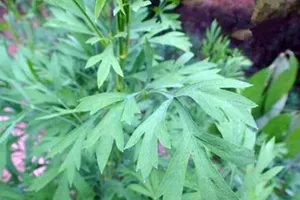
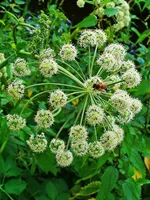
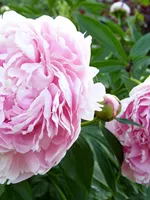




Juan Bi Tang
Juan Bi Tang
Chinese: 蠲痹汤
Pinyin: Juān Bì Tāng
Other names: Remove Painful Obstruction Decoction
Number of ingredients: 9 herbs
Formula category: Formulas that dispel Wind-Damp
Conditions for which it may be prescribed: Rheumatoid arthritisPeriarthritis of the shoulder
- Tonifies and harmonizes the Protective and Nutritive Qi
- Dispels Wind
- Eliminates Dampness
Source date: 1178 AD
Source book: Yang Family Formulas
The information provided here is not a replacement for a doctor. You shouldn't use it for the purpose of self-diagnosing or self-medicating but rather so you can have a more informed discussion with a professional TCM practitioner.
Juan Bi Tang is a 9-ingredient Chinese Medicine formula with Notopterygium Roots (Qiang Huo) and Saposhnikovia Roots (Fang Feng) as principal ingredients.
Invented in 1178 AD, it belongs to the category of formulas that dispel Wind-Damp. Its main actions are: 1) tonifies and harmonizes the Protective and Nutritive Qi and 2) dispels Wind.
In Chinese Medicine health conditions are thought to arise due to "disharmonies" in the body as a system. These disharmonies are called "patterns" and the very purpose of herbal formulas is to fight them in order to restore the body's harmony.
In this case Juan Bi Tang is used by TCM practitioners to fight patterns like Painful Obstruction with Qi and Blood Deficiency. From a Western Medicine standpoint, such patterns can give rise to a range of conditions such as periarthritis of the shoulder or rheumatoid arthritis for instance.
On this page, after a detailed description of each of the nine ingredients in Juan Bi Tang, we review the patterns and conditions that Juan Bi Tang helps treat.
The nine ingredients in Juan Bi Tang
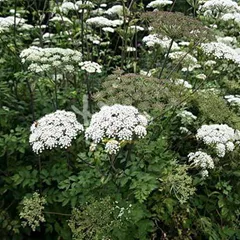
Qiang Huo is a king ingredient in Juan Bi Tang. Like the name indicates, it means it has more power than other ingredients in the formula.
1. Notopterygium Roots (Qiang Huo)
Qiang Huo is known to be the best herb in the Chinese Materia Medica for dispelling Wind-Dampness from the upper body.
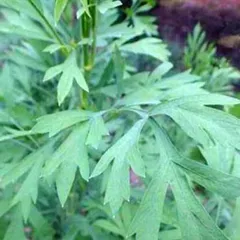
Fang Feng is a king ingredient in Juan Bi Tang. Like the name indicates, it means it has more power than other ingredients in the formula.
2. Saposhnikovia Roots (Fang Feng)
In general Fang Feng's main actions are as follows: "Relieves the Exterior and disperses Cold. Relieves Wind-Damp-Cold painful obstruction. Disperses Wind."
In the context of Juan Bi Tang, it is used because it opens the Yang and dispels Dampness without being too drying.
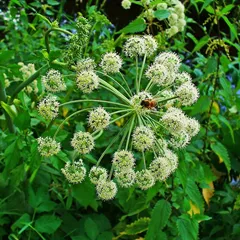
Dang Gui is a deputy ingredient in Juan Bi Tang. This means it helps the king ingredient(s) treat the main pattern or it serves to treat a coexisting pattern.
3. Dong Quai (Dang Gui)
Part used: Dried root
Nature: Warm
Meridian affinity: HeartLiverSpleen
Category: Tonic herbs for Blood Deficiency
Dang Gui works together with White Peony root (Shao Yao), another deputy here, to nourish the Blood and harmonize the Nutritive Qi, thereby facilitating the dispelling of the pathogenic Qi.
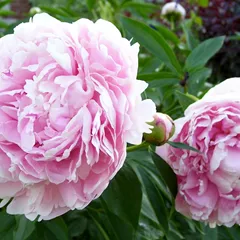
Bai Shao is a deputy ingredient in Juan Bi Tang. This means it helps the king ingredient(s) treat the main pattern or it serves to treat a coexisting pattern.
4. White Peony Roots (Bai Shao)
Part used: Dried root
Nature: Neutral
Meridian affinity: LiverSpleen
Category: Tonic herbs for Blood Deficiency
In general Bai Shao's main actions are as follows: "Tonifies the Blood and preserves the Yin. Nourishes the Liver and assists in the smooth flow of Qi. Regulates the meridians and eases the pain."
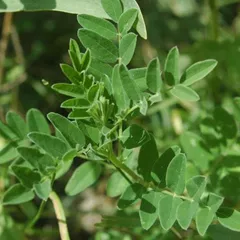
Huang Qi is a deputy ingredient in Juan Bi Tang. This means it helps the king ingredient(s) treat the main pattern or it serves to treat a coexisting pattern.
5. Milkvetch Roots (Huang Qi)
Huang Qi augments the Qi and firms up the protective Qi. In combination with Saposhnikovia root (Fang Feng), it dispels Wind-Damp, while in combination with Dong Quai (Dang Gui) and White peony root (Shao Yao), it harmonizes the nutritive and protective Qi.
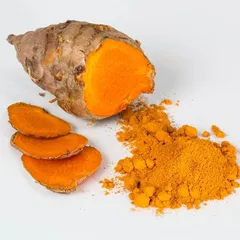
Jiang Huang is an assistant ingredient in Juan Bi Tang. This means that it either serves to reinforces the effect of other ingredients or it moderates their toxicity.
6. Turmeric (Jiang Huang)
Part used: Dried rhizome
Nature: Warm
Meridian affinity: LiverSpleen
Category: Herbs that invigorate the Blood
Jiang Huang invigorates the Blood and moves the Qi. It is specific for spasms and pain in the shoulders and upper arms.
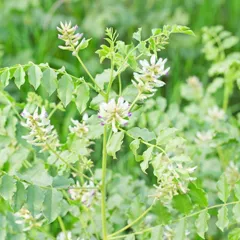
Gan Cao is an envoy ingredient in Juan Bi Tang. This means that it directs the formula towards certain area of the body and/or harmonizes the actions of other ingredients.
7. Liquorice (Gan Cao)
Part used: Dried root and rhizome
Nature: Neutral
Taste(s): Sweet
Meridian affinity: HeartLungSpleenStomach
Category: Tonic herbs for Qi Deficiency
In general Gan Cao's main actions are as follows: "Tonifies the Basal Qi and nourishes the Spleen Qi. Clears Heat and dispels toxicity. Moistens the Lungsexpel phlegm and stop coughing. Relieves spasms and alleviates pain. Harmonizes and moderates the effects of other herbs."
In the context of Juan Bi Tang, it is used because it harmonizes the functions of the other herbs.
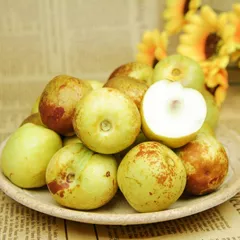
Da Zao is an envoy ingredient in Juan Bi Tang. This means that it directs the formula towards certain area of the body and/or harmonizes the actions of other ingredients.
8. Jujube Dates (Da Zao)
Part used: Dried ripe fruit
Nature: Warm
Taste(s): Sweet
Meridian affinity: SpleenStomach
Category: Tonic herbs for Qi Deficiency
Da Zao works together with Fresh ginger (Sheng Jiang), another envoy in this formula, to harmonize the nutritive and protective Qi, enhancing the formula's ability to dispel Wind and Dampness.

Sheng Jiang is an envoy ingredient in Juan Bi Tang. This means that it directs the formula towards certain area of the body and/or harmonizes the actions of other ingredients.
9. Fresh Ginger (Sheng Jiang)
In general Sheng Jiang's main actions are as follows: "Relieves the Exterior and disperses Cold. Warms and circulates Qi in the Middle Burner. Calms a restless fetus and treats morning sickness. Treats seafood poisoning."
Juan Bi Tang is used to treat Painful Obstruction with Qi and Blood Deficiency
It's important to remember that herbal formulas are meant to treat patterns, not "diseases" as understood in Western Medicine. According to Chinese Medicine patterns, which are disruptions to the body as a system, are the underlying root cause for diseases and conditions.
As such Juan Bi Tang is mostly used to treat the pattern "Painful Obstruction with Qi and Blood Deficiency" which we describe below.
But before we delve into Painful Obstruction with Qi and Blood Deficiency here is an overview of the Western conditions it is commonly associated with:
Periarthritis of the shoulder Rheumatoid arthritis
Again it wouldn't be correct to say "Juan Bi Tang treats periarthritis of the shoulder" for instance. Rather, Juan Bi Tang is used to treat Painful Obstruction with Qi and Blood Deficiency, which is sometimes the root cause behind periarthritis of the shoulder.
Now let's look at Painful Obstruction with Qi and Blood Deficiency, a pattern that TCM practitioners commonly treat with Juan Bi Tang.
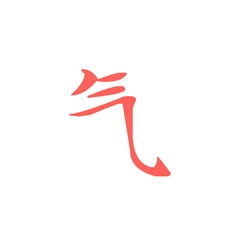
Qi is one of Chinese Medicine's vital subtances. Learn more about Qi in Chinese Medicine
Painful Obstruction with Qi and Blood Deficiency
Pulse type(s): Slowed-down (Huan)
Tongue coating: Thin white coating
Symptoms: Difficulty in moving Numbness in the extremities General sensation of heaviness Stiffness in the neck shoulder and upper back
Juan Bi Tang is sometimes prescribed by TCM practitioners to treat Painful Obstruction with Qi and Blood Deficiency. This pattern leads to symptoms such as general sensation of heaviness, numbness in the extremities, difficulty in moving and stiffness in the neck shoulder and upper back. Patients with Painful Obstruction with Qi and Blood Deficiency typically exhibit slowed-down (Huan) pulses as well as a tongue with thin white coating.
Learn more about Painful Obstruction with Qi and Blood Deficiency
Formulas similar to Juan Bi Tang
Zai Zao San is 58% similar to Juan Bi Tang
Huang Qi Jian Zhong Tang is 56% similar to Juan Bi Tang
Bu Zhong Yi Qi Tang is 50% similar to Juan Bi Tang
Ba Zhen Tang is 50% similar to Juan Bi Tang
Dang Gui Yin Zi is 50% similar to Juan Bi Tang
Chai Ge Jie Ji Tang is 45% similar to Juan Bi Tang

